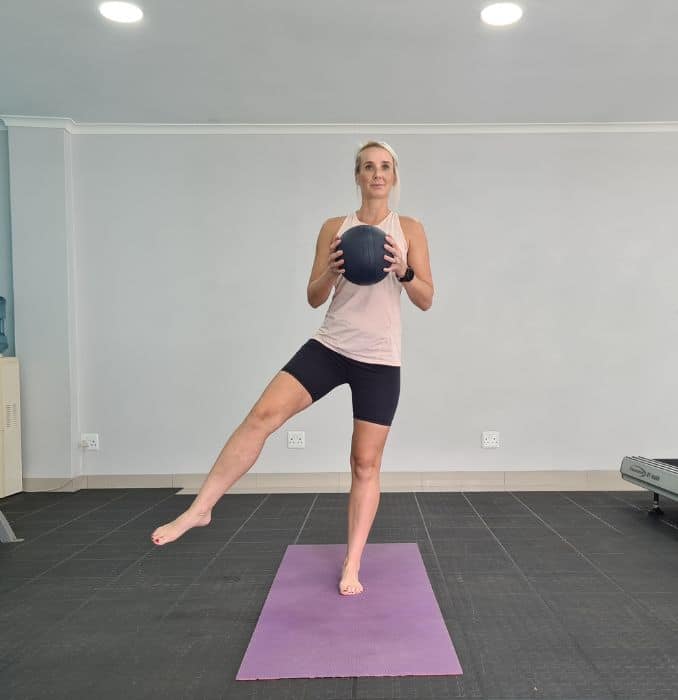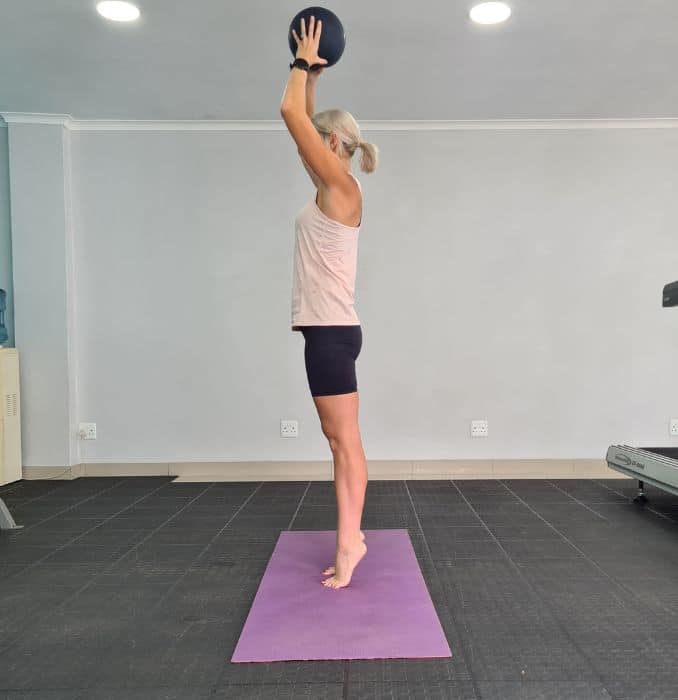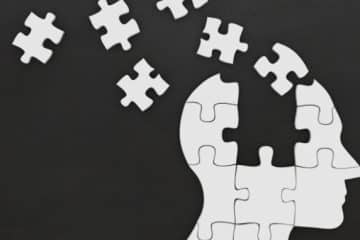There are a lot of many ways how to rebalance the nervous system that will help us to achieve a healthy lifestyle.
More importantly, we breathe as we’re doing different poses. When we do yoga, we usually slow our breath down. When we slow our breath down, our nervous system shifts from a protective state to a more vital state. Every time we are stressed, have pain, or are in a un ideal condition, our flight and fight response lessens or heightens, depending on our state. This help to lower your blood pressure and heart rate and shift and lower your stress hormones which will help you become less sensitive overall. Anytime you can shift your system and breathe a little slower, do some exercises, or relax with whatever you do.
Rebalancing your nervous system involves ensuring that every system in your body works as well as it can. If your nervous system goes through an imbalance, it will cause other systems in your body to suffer. To help your nervous system rebalance, here are some gentle and easy movements to help you feel your best.
1. Tree Pose
Begin in an upright standing position, maintaining good alignment with your head, shoulders, hips, and legs. Contract your abdominal muscles and shift your weight onto one foot. Bend your other leg, rotate your knee outward, and rest your foot alongside your supporting leg, either above or below the knee. Press your palms together in a prayer position at chest height. Hold this position for 10 seconds through your nose and your mouth. Relax to return to the starting position and repeat the movement on the opposite side.
 |
 |
 |
2. Feet Together
Begin in an upright standing position, with your feet close together and maintaining good alignment with your head, shoulders, hips, and legs. Close your eyes and hold the position for 5 seconds.
To make the exercise more challenging, you can move your head from side to side, bringing your ear to your shoulder. You can also turn and look over one shoulder and the other, repeating the movement while keeping your eyes closed.
It is normal if you start to wobble while closing your eyes, as it is your brain’s way of searching around from where you are without your eyes. All the nerves that give you position information are working hard.
 |
 |
3. Staggered Feet
Begin in an upright standing position, maintaining good alignment with your head, shoulders, hips, and legs. Place one foot directly in front of the other, holding this position for 5 seconds with your eyes closed. Repeat the movement.
To make the exercise more challenging, you can step on a pillow or anything unstable to challenge your balance. Move your head side to side, bringing your ear to your shoulder. You can also turn and look over one shoulder and the other, repeating the movement while keeping your eyes closed.
 |
 |
4. Weighted One Leg
For this exercise, you can use a medicine ball or any weighted object for balance.
Begin in an upright standing position, maintaining good alignment with your head, shoulders, hips, and legs. Hold the medicine ball in both hands in front of your body. Place your weight on one foot and move your opposite leg in a circular motion. Lower your leg back down and repeat the movement on the opposite side.
 |
 |
 |
 |
Alternative Exercise 1:
Begin in an upright standing position, maintaining good alignment with your head, shoulders, hips, and legs. Hold the medicine ball in both hands in front of your body. Place all of your weight on one foot, extending your opposite leg. Bring the medicine ball side to side while maintaining balance on your supporting leg. Lower your leg back down and repeat the movement on the opposite side.
 |
 |
 |
Alternative Exercise 2:
Begin in an upright standing position, maintaining good alignment with your head, shoulders, hips, and legs. Hold the medicine ball in both hands overhead. Place all your weight on one foot bending your opposite knee in front of your body. Lower your arms and leg back down and repeat the movement on the opposite side. Hold this position for a couple of seconds.
 |
 |
5. Calf Raises
Begin in an upright standing position, maintaining good alignment with your head, shoulders, hips, and legs. Hold the medicine ball in both hands overhead. Tighten your core and raise your toes on both feet. Lower your heels back down to the starting position and repeat the movement.
 |
 |
 |
 |

Balance exercises help improve stability and prevent falls by strengthening the muscles that keep you upright. Leg and core muscle strengthening is part of balance training. Some activities that target core muscles, like sit-ups, can help with balance. Balance exercises, such as standing on one foot and tree pose, can also improve your coordination and agility. Start with movements that require no equipment and progress to more challenging exercises as your strength and balance improve. These exercises can be very demanding, such as some difficult yoga postures. Therefore, starting slowly and only moving as far as your body allows is necessary.
Stop if you experience pain or discomfort; listening to your body matters most. As with any exercise program, it’s essential to warm up before starting. This will help you avoid injury and allow your muscles to stretch and relax. A common way to warm up is to move slowly from one side of your body to the other. For example, you can start with a couple of minutes of shoulder rolls on one side of your body. Then, you can move to a couple of minutes of hip rolls on the other side of your body. You can also do a couple of minutes of arm circles in one direction and then do a couple of minutes in the opposite direction. This is how to rebalance the nervous system.




